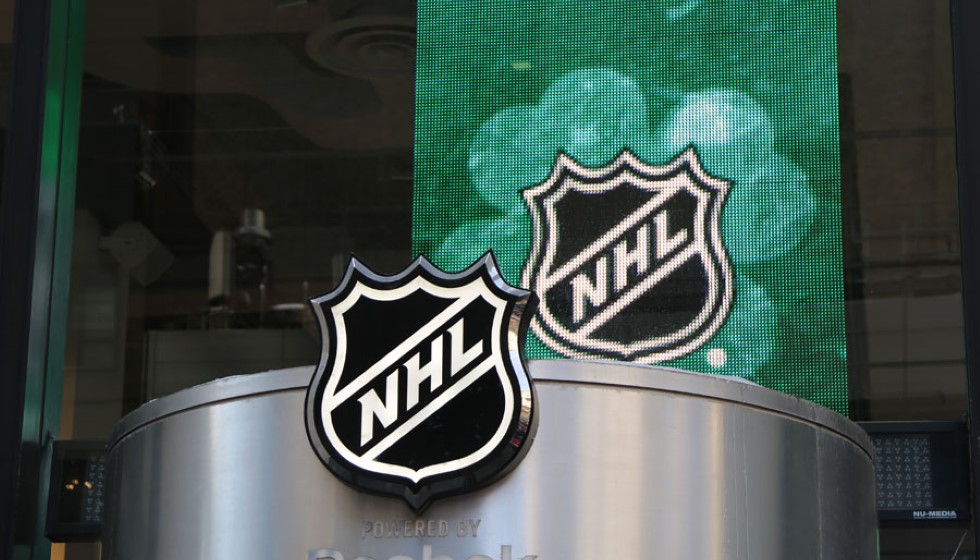
In a recent face-off between the Toronto Maple Leafs and the New York Rangers, the spotlight turned to the imposing figures of Ryan Reaves and rookie Matt Rempe. Rempe, standing at 6 feet 7 inches and weighing 240 pounds, has quickly become a topic of interest in the NHL. In his seven games, he has managed to score and assist once, a modest start to his professional journey. However, it's Rempe's time in the penalty box that's drawing more attention—37 minutes, surpassing his actual gameplay time by five minutes.
The Role of the Enforcer
Tagged as an "enforcer," Rempe's presence on the ice often leads to fights—a tradition in hockey that has seen its share of controversy. The tragic deaths of enforcers Derek Boogaard, Wade Belak, and Rick Rypien in 2011 sparked a renewed discussion about the role fighting plays in hockey and its potential dangers. These incidents have pointed to research suggesting a link between fighting in hockey and Chronic Traumatic Encephalopathy (CTE), a serious brain condition.
Despite this, NHL Commissioner Gary Bettman has expressed skepticism about the direct connection between hockey fights and CTE, a stance that ignites debates within the hockey community. Moreover, the modern analytics-driven approach to hockey is changing the game, leaving little room for traditional enforcers. Today's hockey players are expected to contribute to scoring and display a high level of skating proficiency—areas where enforcers typically do not excel.
The Evolution of Hockey
The decreased frequency of fights in hockey has led to a more dynamic and captivating game, promoting a version of hockey that is faster and more inclusive. Nevertheless, fighting continues to be seen by many as part of hockey's unwritten "code," a way to address grievances on the ice. This perspective was evident in a recent NHL panel on TNT, where analyst Paul Bissonnette praised Rempe for his "old-school" approach to the game, commending his readiness to face the consequences of his actions on the ice.
Cultural and Political Battlefields
The discussion surrounding Rempe and the role of enforcers extends beyond the rink, touching on broader cultural and political issues. The NHL found itself at the center of controversy during the All-Star break in Florida, following a LinkedIn post about a career fair. Florida Governor Ron DeSantis's office criticized the post, stating opposition to any form of discrimination. This situation underscores the complexities facing modern sports leagues as they navigate issues of inclusivity and social responsibility.
Some argue that enforcers play a crucial role in keeping the game safe, suggesting that their presence can deter other players from taking dangerous liberties on the ice. Whether Rempe's actions escalate tensions or serve to keep the peace is a matter of perspective. However, his emergence as an enforcer aligns with the continuing tradition of physicality and enforcement in hockey, even as the sport evolves.
The term "enforcer" may conjure images of players who contribute little beyond physical intimidation. Yet, the reality is more nuanced. Enforcers are often not the fastest skaters nor the most proficient at initiating successful zone entries, yet their role is shaped by an "old-school mindset" that values physical play and team protection. In the contemporary NHL, the debate over the place of enforcers like Rempe reflects broader questions about the direction of the sport and its values.
In closing, Matt Rempe's role as an enforcer for the New York Rangers spotlights the ongoing discussion about fighting in hockey and its implications. While the NHL evolves towards a faster and more skill-oriented game, the presence of players like Rempe serves as a reminder of hockey's rugged history and the ongoing debate over the role of physicality in the sport. As the NHL strives to balance tradition with progress, the conversation around enforcers and their place within the game continues to evolve, mirroring broader societal debates about violence, sportsmanship, and cultural values.